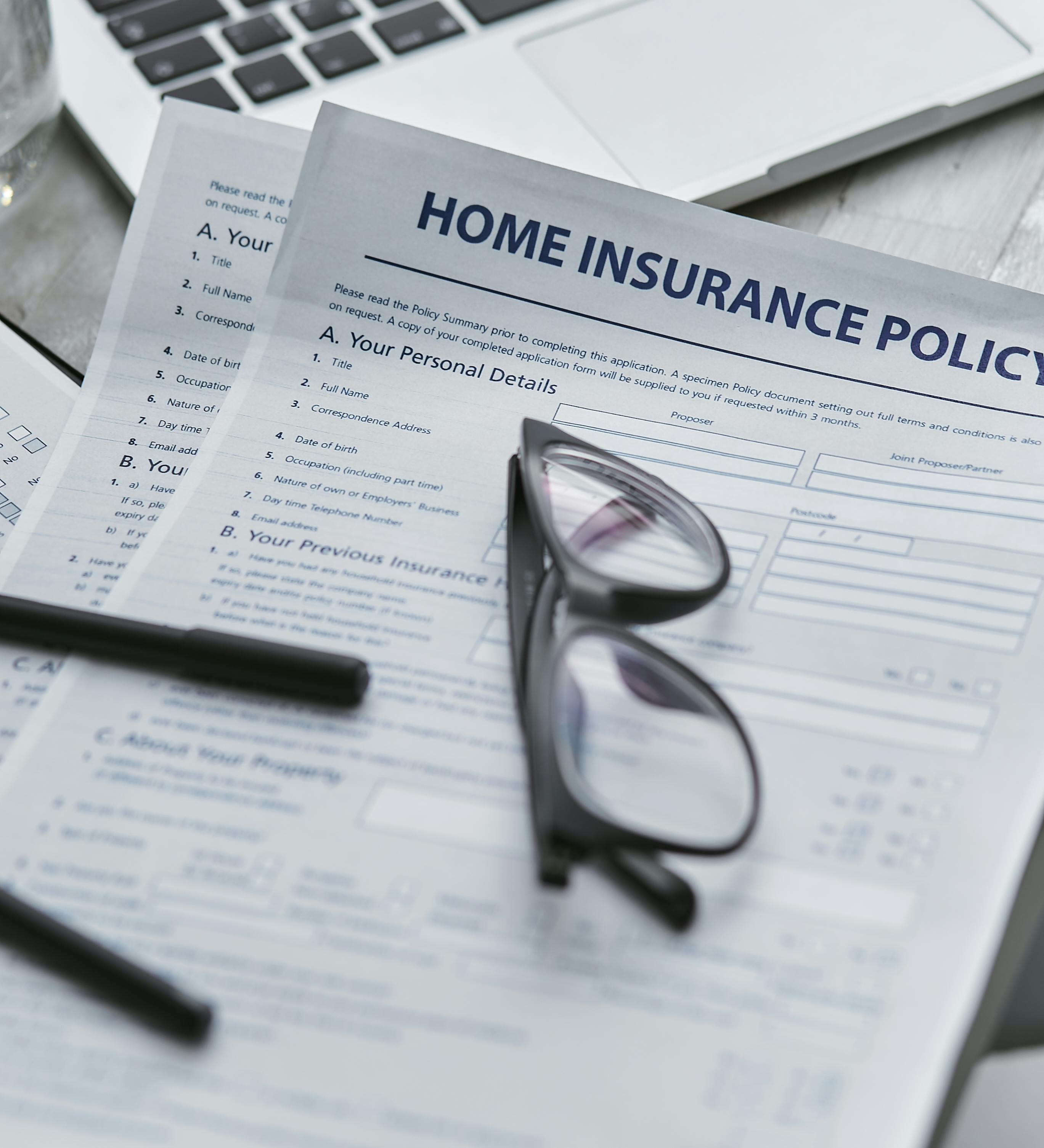Practical actions to document damage and support claims
Effective documentation of property damage helps speed up claims and reduces disputes with insurers. This article outlines practical steps to record loss, assemble inventories, gather valuations and appraisals, and present evidence that aligns with policy terms such as coverage, limits, deductible, and exclusions. Clear records help both claimants and underwriters reach accurate outcomes.

Effective documentation is the foundation of a successful property insurance claim. Before contacting an insurer, secure the scene where safe, prevent further loss where possible, and begin collecting objective evidence: dated photos, video walkthroughs, and notes describing what occurred, when, and which perils contributed to the damage. Keep copies of receipts, repair estimates, and any emergency contractor invoices. Maintaining this early, organized record supports valuation and replacement discussions and helps demonstrate loss to underwriting teams and adjusters.
What coverage details should you check?
Review your policy wording to confirm the scope of coverage, including what perils are covered and any sublimits that apply. Look for endorsements that modify standard terms and note exclusions that could limit reimbursement. Confirm the policy limits and whether replacement cost or actual cash value applies; valuation method affects the payout when replacement is involved. Check deductible amounts and whether different deductibles apply for specific perils or types of property, and verify liability coverage for third‑party claims.
How to document damage effectively?
Start with timestamped photographs and video from multiple angles, capturing the whole area and close-ups of affected items. Record environmental conditions and any serial numbers or unique identifiers. Maintain a chronological log of actions taken, communications with emergency services, contractors, and your insurer. Save all correspondence (emails, messages) and verbal notes with dates and the names of people spoken to. These materials form the backbone of a claims file and are essential for adjusters assessing cause, extent, and eligibility under exclusions or endorsements.
Include clear narratives that explain why specific items were damaged and how perils contributed. If temporary repairs are made, document them with receipts and before/after images to support replacement and mitigation costs. Documentation that demonstrates reasonable steps to reduce further loss can influence how underwriting evaluates the claim.
How to create a reliable inventory?
Compile a detailed inventory listing affected property: item description, purchase date, original cost, current condition, and estimated replacement cost. Where possible, attach receipts, warranties, photos of items before the loss, and serial numbers. For business properties, categorize inventory by location, SKU, or function to assist in loss valuation and recovery planning.
Use spreadsheets or inventory apps that produce exportable reports to share with your insurer. A thorough inventory helps determine limits and sublimits that may apply to specific categories, and it provides the evidence an appraiser or adjuster needs to establish replacement values.
When to seek appraisal and valuation?
Obtain professional valuation or appraisal when high‑value items, antiques, specialized equipment, or disputed values are involved. Appraisers offer documented valuation reports that support replacement or agreed value claims. If the insurer questions value, a qualified appraisal can clarify market replacement cost or fair market value, depending on policy language.
Document any independent contractor or repair estimates, and keep all bids and invoices. An appraisal may be required by your insurer under certain endorsements or when limits are tight; early engagement with a certified appraiser prevents delays during the claims process.
How do claims, deductible, limits, and premiums interact?
When filing a claim, confirm how the deductible will be applied and whether sublimits affect specific categories such as electronics or business interruption. Payouts are influenced by limits and valuation method; replacement cost policies will differ from actual cash value in final calculations. Understand that frequent claims can affect underwriting decisions and future premiums, so weigh the cost of filing against the deductible and potential premium impact.
Provide full documentation to the claims handler to support amounts claimed and to demonstrate that losses fall within covered perils and endorsements. Clear evidence can prevent unnecessary reductions for exclusions or perceived overstatements of value.
What about underwriting, endorsements, exclusions, and liability?
Underwriting evaluates risk before or after a claim and will review documentation to confirm facts align with the insured risk profile. Endorsements can broaden or restrict cover; read them carefully for altered terms. Exclusions can bar coverage for particular perils or conditions—documenting the cause of loss clearly helps determine whether an exclusion applies. For liability concerns, gather witness statements, incident reports, and any communications with injured parties; liability documentation supports defense and settlement evaluations.
If coverage disputes arise, consider a neutral appraisal or third‑party review. Keep organized records showing replacement claims, estimates, and communications so sublimits, endorsements, and underwriting considerations are traceable.
Conclusion Thorough, timely, and organized documentation—photographs, inventories, appraisals, receipts, and clear chronology—strengthens a claim and clarifies interactions with underwriting, claims adjusters, and contractors. Focus on objective evidence tied to policy terms like coverage, deductible, limits, endorsements, and exclusions to support valuation and replacement discussions, and to resolve liability questions with minimal delay.





